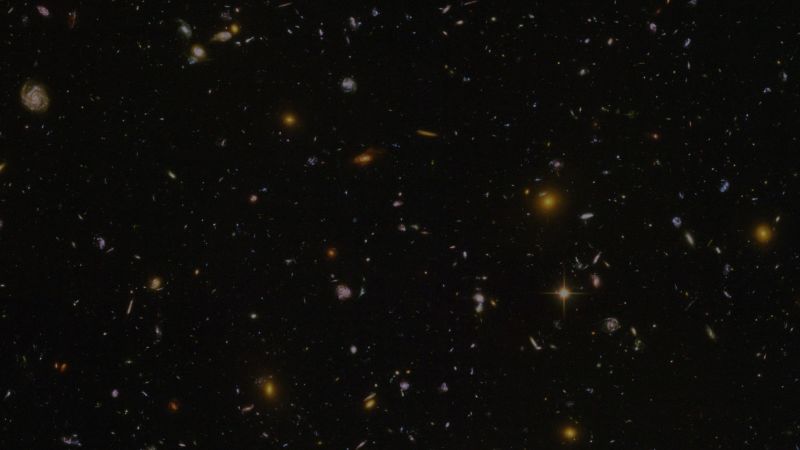The Origin of a Near-Earth Asteroid
In the world of astronomy, scientists have achieved a noteworthy milestone by tracing the origins of a potentially hazardous near-Earth asteroid to the far side of the moon. A feat that enriches our understanding of space dynamics and poses potent insights into the asteroid-moon association.
Researchers have identified an asteroid called 2020 AV2 that orbits closer to the sun than Venus from a historical perspective. Considered potentially dangerous due to its near orbit to Earth, understanding its origin is crucial for gauging the level of threat it might pose. Interestingly, current findings suggest that this asteroid could have originated on the moon, more specifically, the lunar far side. This discovery underscores how the process of lunar craters formation might have contributed to the creation of near-Earth asteroids.
The far side of the moon, also known as the dark side due to its eternal hidden face from the Earth, is pockmarked with far more craters than the side we routinely see. These craters are a result of ancient and relentless cosmic impacts. Some of these impacts were so intense that they ejected moon rocks into space, which over millions of years, transformed into asteroids. 2020 AV2 could be one such specimen, essentially a moon rock turned space wanderer.
Scientists utilized the capabilities of advanced spectroscopy to study the spectral signature of 2020 AV2. This process helped in understanding the composition and texture of the asteroid. Through a comprehensive match-up, researchers found a noticeable similarity between the spectral signature of the asteroid and the lunar samples collected by the Apollo missions decades ago. This evident match established a convincing link between the two, suggesting a lunar origin for the asteroid.
Furthermore, computational simulations supported the findings. By simulating an impact on the lunar surface, they showed that a resulting ejection could travel in space while slowly forming an asteroid due to its exposure to cosmic radiation and other space weathering processes. This simulated pathway was coherent with the unique orbit of 2020 AV2.
The discovery of lunar-origin of an asteroid renders a chance to study the moon surface without necessarily going there. Each such asteroid we might encounter could harbour clues about the moon’s ancient crust, its evolutionary process, and the history of cosmic impacts it faced. Hence, such asteroids can be viewed as time capsules, flying pieces of our past waiting to be discovered.
Moreover, the understanding of the asteroid’s origins could act as a guide to devise strategies for any future hazard mitigation plans. Knowledge of its composition and structural integrity, for instance, can help in creating and modifying our space defense mechanisms, the likes of which are important considering our increasing investment in space infrastructures.
Therefore, the alignment of the advanced observation techniques with rigorous computational models helped ascertain the birthplace of this close and potentially hazardous near-Earth asteroid, 2020 AV2, the far side of the moon. The knowledge does not merely provide us with an understanding of this specific asteroid but also opens up new perspectives and research paths involving the moon, asteroids, and their place in the cosmos.




